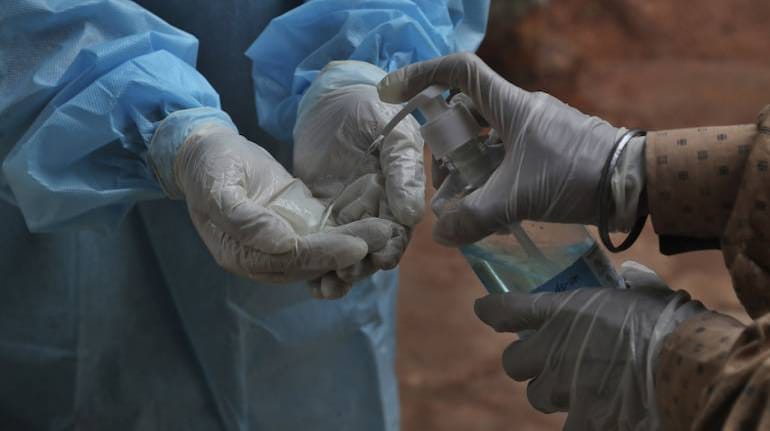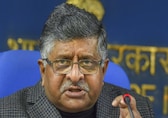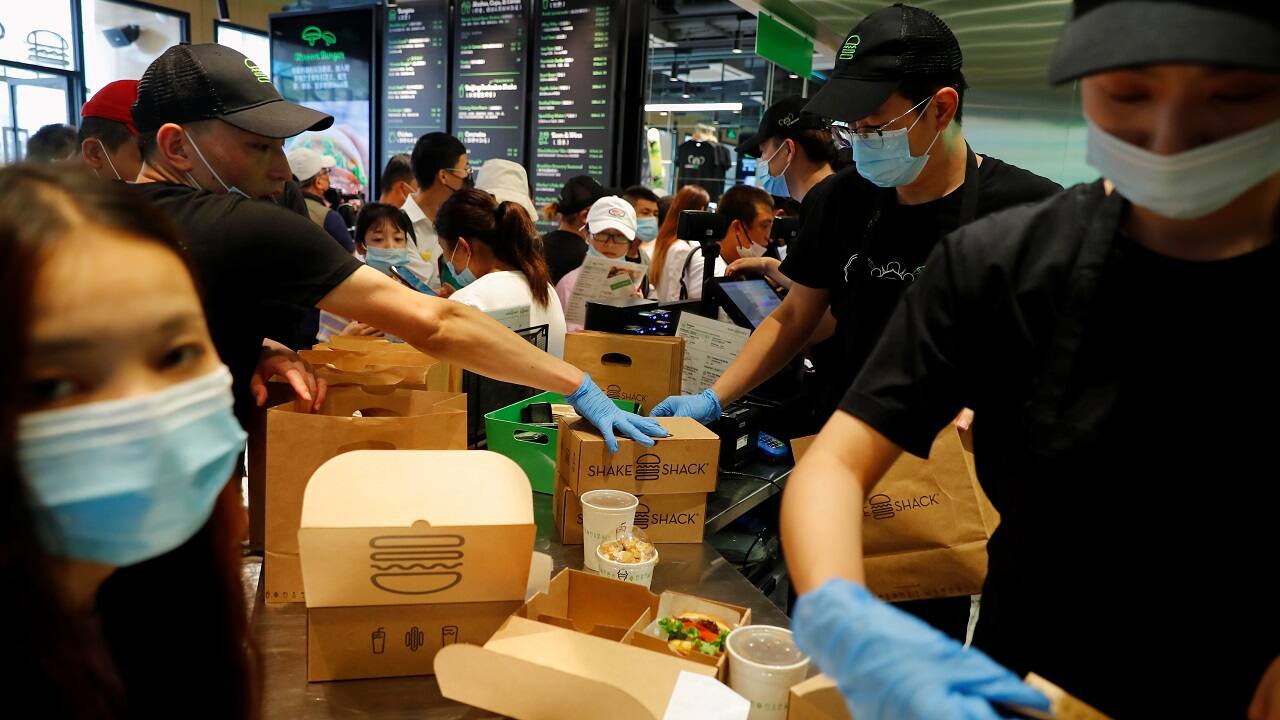Coronavirus India update: Daily COVID-19 cases dip below 30,000 for third time in December
Coronavirus update: India's active COVID-19 caseload remained below 4 lakh for the eighth consecutive day.
Dec 14, 2020 / 11:36 AM IST
The daily new COVID-19 cases in India dipped below 30,000 for the third time in December, taking the country’s tally to 98.84 lakh on December 14. The number of people who have recovered surged to 93.88 lakh, according to data from the Union Health Ministry.
The tally of coronavirus cases mounted to 98,84,100 with 27,071 new infections being reported in the previous 24 hours. The death toll rose to 1.43 lakh with 336 new fatalities, the data updated at 8.00 am showed.
Follow our LIVE blog for the latest updates of the coronavirus pandemic
The number of people who have recuperated from the infectious disease surged to 93,88,159 pushing the national recovery rate to 94.98 percent. The COVID-19 case fatality rate stands at 1.45 percent. The active caseload remained below 4 lakh for the eighth consecutive day.
There are 3,52,586 active coronavirus infections in the country which comprises 3.57 percent of the total caseload, the data showed.
India's COVID-19 tally had crossed the 20-lakh mark on August 7, 30 lakh on August 23 and 40 lakh on September 5. It went past 50 lakh on September 16, 60 lakh on September 28, 70 lakh on October 11, crossed 80 lakh on October 29 before surpassing 90 lakh on November 20.
COVID-19 Vaccine Tracker: What you need to know about manufacturing and pricing
This came days after the Centre issued guidelines for the vaccination process. Only 100 people are likely to get vaccinated against COVID-19 per "session" once vaccines are granted emergency use authorisation. The central government however said the number of “beneficiaries” may go up to 200 per session, if logistics allow.
(With inputs from PTI)
Click here for Moneycontrol’s full coverage of the coronavirus pandemic












_2020091018165303jzv.jpg)


























